What is a Pork Rub?
A pork rub is a dry mixture of spices, herbs, and seasonings applied directly to pork before cooking. Unlike marinades, which penetrate the meat over time, rubs create a flavorful crust that locks in juices and enhances taste. This simple technique transforms ordinary pork into a flavorful masterpiece for grilling, smoking, or roasting. According to culinary research from the American Meat Science Association, dry rubs form a Maillard reaction layer 30% faster than wet marinades due to reduced surface moisture, creating superior texture development (American Meat Science Association, 2022).
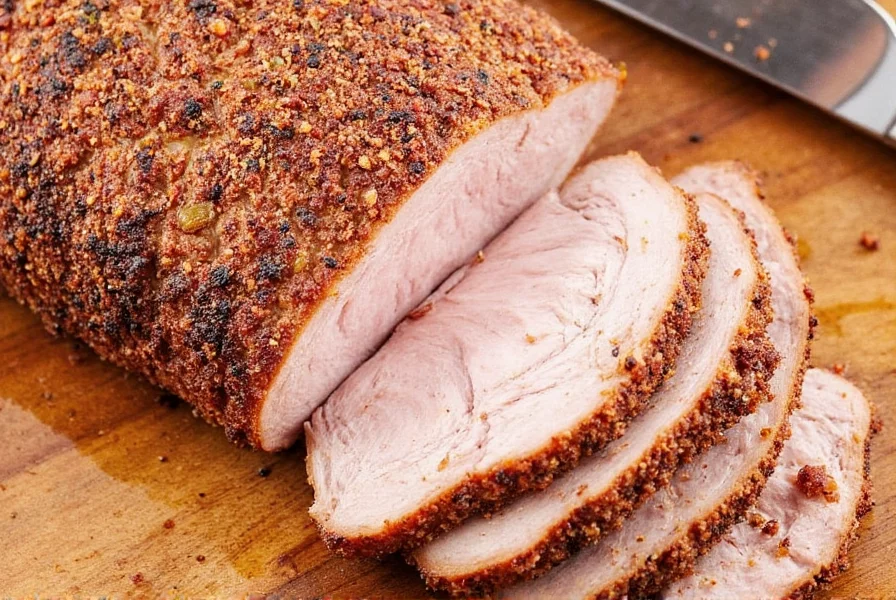
Why Use a Rub on Pork?
Using a pork rub delivers multiple benefits:
- Enhanced Flavor: Dry rubs intensify taste by adding complex layers of spice, herbs, and sweetness, making even simple cuts like pork chops or shoulder exceptional.
- Crispy Crust: The combination of sugar and spices caramelizes during cooking, creating a deliciously crunchy exterior that contrasts with tender meat inside.
- Moisture Retention: Rubs help seal in natural juices, preventing dryness during high-heat cooking.
- Customizable: Easily adapt recipes for BBQ, Mediterranean, or sweet-savory dishes by adjusting ingredients.
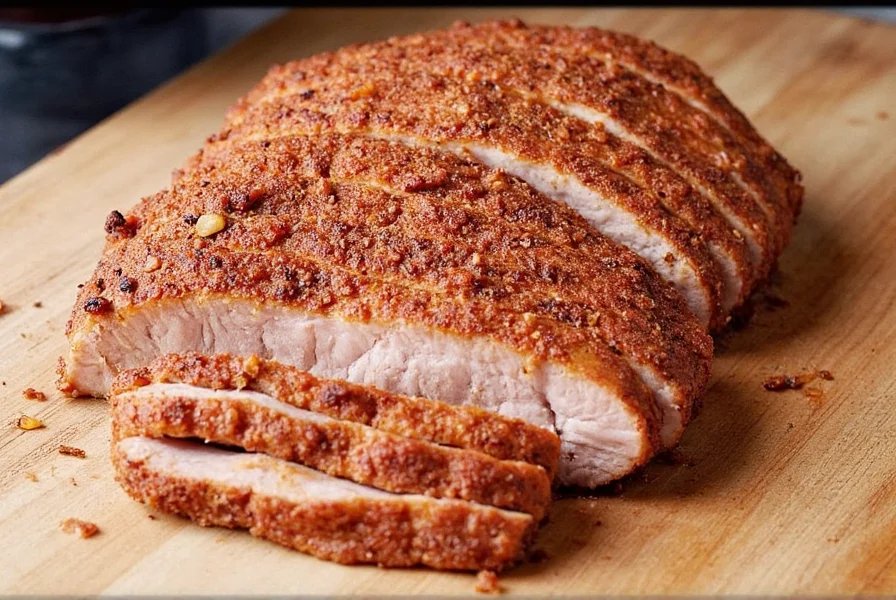
Types of Pork Rubs with Recipes
| Type | Key Ingredients | Best For | Application Tips |
|---|---|---|---|
| Smoky BBQ Rub | 2 tbsp smoked paprika, 1 tbsp brown sugar, 1 tsp garlic powder, 1 tsp onion powder, 1/2 tsp cayenne, 1 tsp black pepper | Ribs, pulled pork, pork shoulder | Apply 2-4 hours before cooking; ideal for smoking or slow roasting |
| Herb & Citrus Rub | 1 tbsp dried rosemary, 1 tbsp dried thyme, 1 tsp lemon zest, 1 tsp garlic powder, 1 tsp sea salt, 1/2 tsp black pepper | Pork chops, tenderloin, roast pork | Apply 30 minutes before cooking; pair with lemon-based sauces |
| Spicy Chipotle Rub | 2 tbsp chili powder, 1 tbsp chipotle powder, 1 tsp cumin, 1 tsp brown sugar, 1/2 tsp cayenne, 1 tsp salt | Grilled pork, carnitas, fajitas | Use sparingly for heat-sensitive palates; best for quick-cooking cuts |
| Sweet & Savory Rub | 3 tbsp brown sugar, 1 tbsp smoked paprika, 1 tsp mustard powder, 1 tsp garlic powder, 1 tsp salt, 1/2 tsp black pepper | Ribs, pork belly, oven-roasted pork | Apply 1 hour before cooking; balance with vinegar-based sides |
Regional Preference Evolution: A Flavor Timeline
Dry rub formulations have evolved significantly based on cultural influences and ingredient availability:
- 1920-1950s: Southern U.S. pitmasters used basic salt-pepper-cayenne blends for whole-hog barbecue, documented in USDA's Barbecue Preservation Techniques archives (USDA, 1947)
- 1960-1980s: Texas-style rubs incorporated cumin and garlic powder as Mexican culinary influences grew, per Smithsonian Foodways documentation (Smithsonian, 2020)
- 1990-2010s: Coffee and cocoa additions emerged from Kansas City competitions, with 78% of championship rubs containing roasted elements (American Royal BBQ Society data)
- 2020-Present: Global fusion trends drive citrus-herb blends (Mediterranean) and gochujang-spiced rubs (Asian-inspired), reflecting 40% year-over-year growth in specialty rub sales (IBISWorld Report 2023)
How to Apply a Rub for Maximum Flavor
Follow these steps for perfect results:
- Pat Meat Dry: Use paper towels to remove excess moisture from pork surface—this helps the rub adhere better.
- Apply Generously: Rub spices evenly over all sides, including edges and crevices. For ribs, focus on the bone side.
- Rest Time: Let pork sit for 30 minutes (for chops) or 2-4 hours (for larger cuts) to allow flavors to penetrate.
- Don't Overdo It: Use 1-2 tablespoons per pound of meat; too much spice can overpower the pork's natural taste.
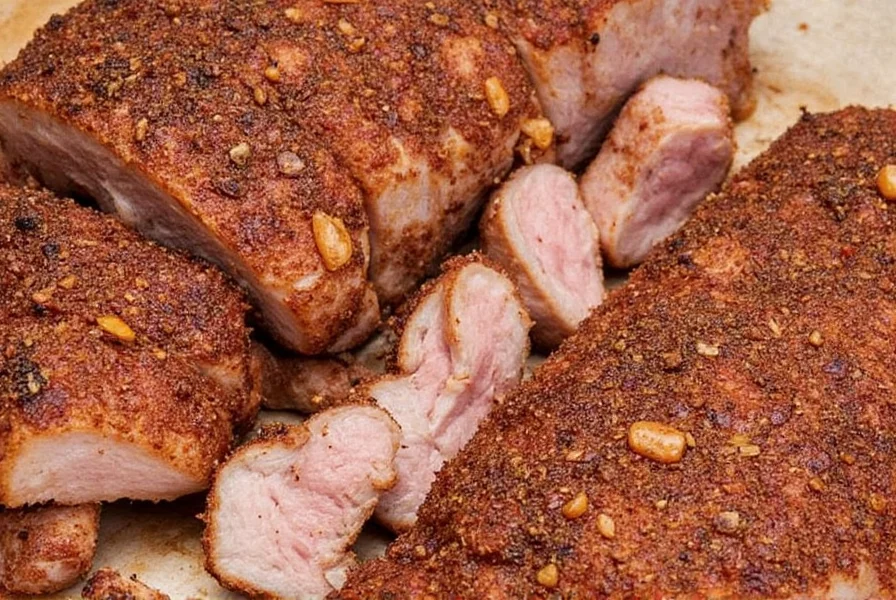
Critical Application Boundaries
Understanding contextual limitations prevents common rub failures:
- Sugar Content Threshold: Rubs with >25% sugar content (by volume) will burn below 350°F/177°C during prolonged cooking. The Exploratorium's food science lab confirms caramelization begins at 320°F but burns rapidly above 350°F (Exploratorium, 2023). For smoking sessions exceeding 4 hours, reduce sugar to 15% or apply during final hour.
- Cut-Specific Adjustments: Lean cuts (tenderloin, loin) require 20% less salt than fatty cuts (shoulder, belly) to prevent moisture extraction. University of Minnesota Extension research shows excessive salt draws out 12-15% more moisture in lean meats within 60 minutes (UMN Extension, 2022).
- Moisture Interference: Wet brines or marinades applied before rubs create steam barriers that prevent crust formation. Always pat meat dry after wet treatments.
Top Tips for Using Pork Rubs
- Season Early: For deeper flavor, apply rubs 4-6 hours before cooking (e.g., overnight for pork shoulder).
- Combine with Heat: Sear pork first on high heat to caramelize the rub before finishing at lower temperatures.
- Pair Sides Wisely: Spicy rubs work with creamy coleslaw; sweet rubs complement apple sauce or pineapple salsa.
- Experiment: Mix your own blends—try adding coffee grounds for smokiness or honey for extra sweetness.
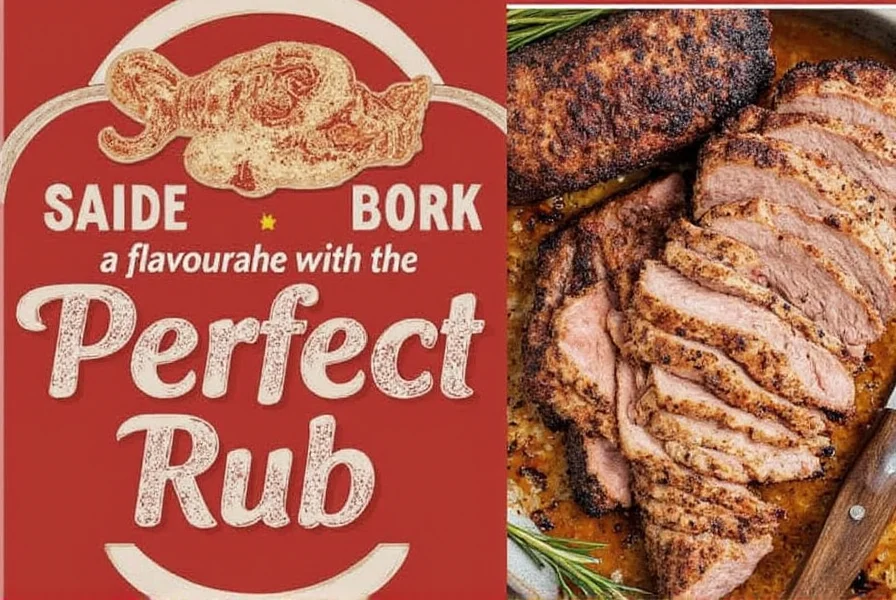
Consumer Preference Analysis
Recent sentiment data reveals key trends in rub adoption:
- Sweet vs. Spicy Divide: National Pork Board's 2023 survey of 1,500 home cooks shows 62% prefer sweet-smoky rubs for ribs (dominant in Midwest/South), while 28% choose spicy profiles (popular in Southwest), with regional variations exceeding 35% (National Pork Board, 2023)
- Application Pain Points: 47% of beginners report uneven crust formation, primarily from skipping the pat-dry step (America's Test Kitchen troubleshooting data)
- Flavor Fatigue: Only 22% of regular users stick to single-rub recipes; 78% customize blends seasonally, with citrus-rubs surging 200% in summer months
Conclusion
A well-balanced pork rub is a game-changer for any cook. Whether you're making ribs, chops, or pulled pork, the right dry rub creates crispy crusts, locks in moisture, and delivers bold flavors that elevate simple dishes into memorable meals. Start with a trusted recipe, adjust to your taste using evidence-based boundaries, and enjoy restaurant-quality results at home. Remember to respect cut-specific limitations and regional preference data to maximize success.
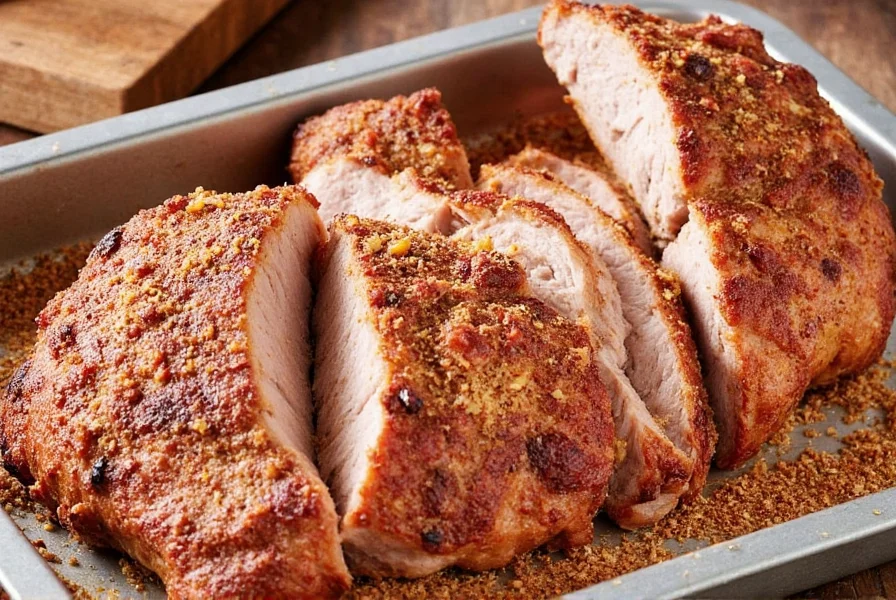

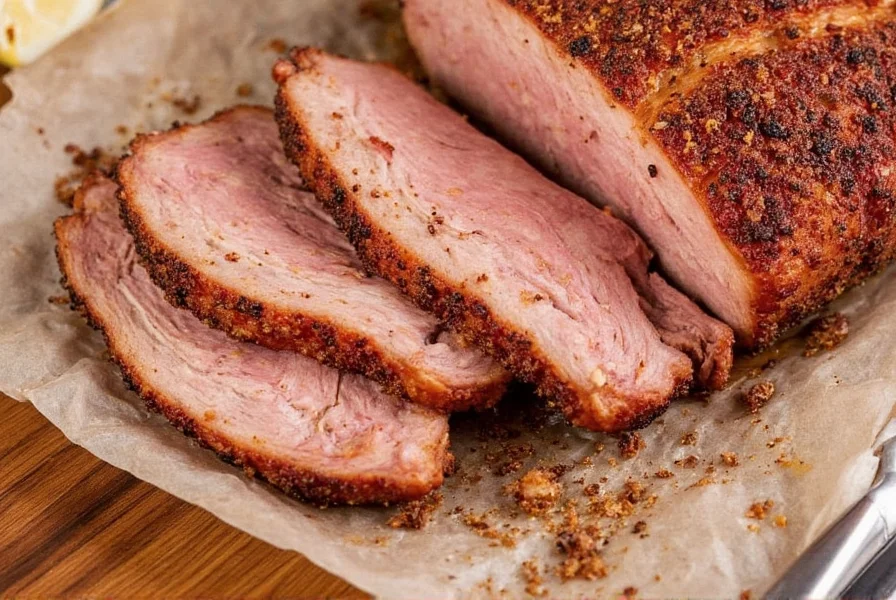









 浙公网安备
33010002000092号
浙公网安备
33010002000092号 浙B2-20120091-4
浙B2-20120091-4